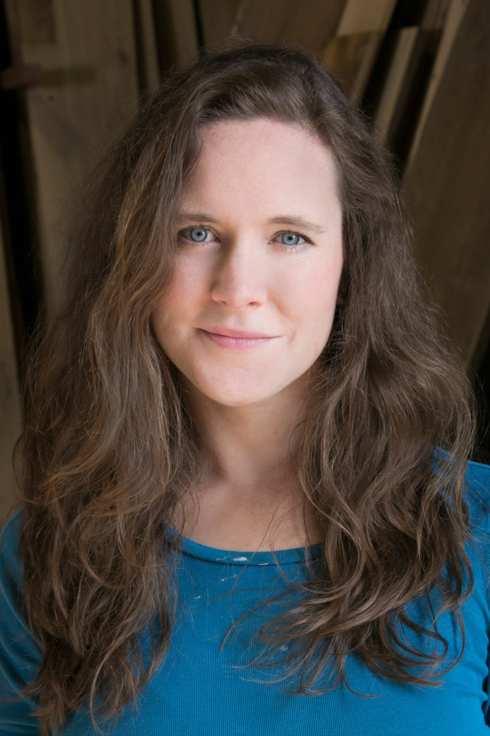Are You a Dich, Trich, Tetrachromat?
We’ve all heard of color blindness. Well, did you know that some people simply just see more color than others?
We know today that this phenomenon of heightened color awareness is directly related to color receptors or ‘cones’ in the eye. The simple secret is the more cones you have the more color you see.
Check out this article and see where you rank in the hierarchy of color chromatic consciousness!
Color – The Early Days
History tells us that for thousands of years humans have sought ways to make their garments and surroundings more aesthetically pleasing; more colorful.
Greek philosophers Democritus and Aristotle and Roman writers Pliny the Elder and Vitruvius recorded recipes to create fabric dyes from plants and animals.
Ancient Egyptians used color for ailments. There are lists on papyrus dating back to 1550 BC of color “cures”.
The Chinese also apparently practiced Color Healing. The Nei/ching, 2000 years old, records color diagnoses.
Color – In Science and Philosophy
Early studies about light were done by Aristotle. He discovered when a yellow and blue piece of glass was brought together a third color green was produced. He also discovered that light travels in waves. Plato and Pythagoras also studied color and light.
During the Middle Ages, Paracelsus reintroduced the knowledge and philosophy of color using the power of the color rays for healing along with music and herbs.
Issac Newton was pioneer on the frontier of color. In 1672, he published his first, controversial paper on color, and forty years later, his work ‘Opticks‘. Newton observed when sunlight passed through a prism out the other end came seven different colors: Red, Orange, Yellow, Green, Blue, Indigo and Violet. This effect of white light spreading into rays he called ‘dispersion’ and named the different colored rays the color ‘spectrum’. Newton concluded that white light was made up of seven different colored rays.
Color – Today
Businesses are accepting that their employees may work better given a certain environment.
Hospitals are also becoming aware of the effect that the color around them can have on patients.
Paint companies have introduced new color cards with the therapeutic aspects of color in mind.
Cosmetic companies too have ‘colour therapy’ ranges included in their products.
Color which is all around us in nature has a great deal to offer and invites our continued exploration.




 As American Carpenters in Paris you learn quickly how little wood is used in construction and renovation here.
As American Carpenters in Paris you learn quickly how little wood is used in construction and renovation here.








